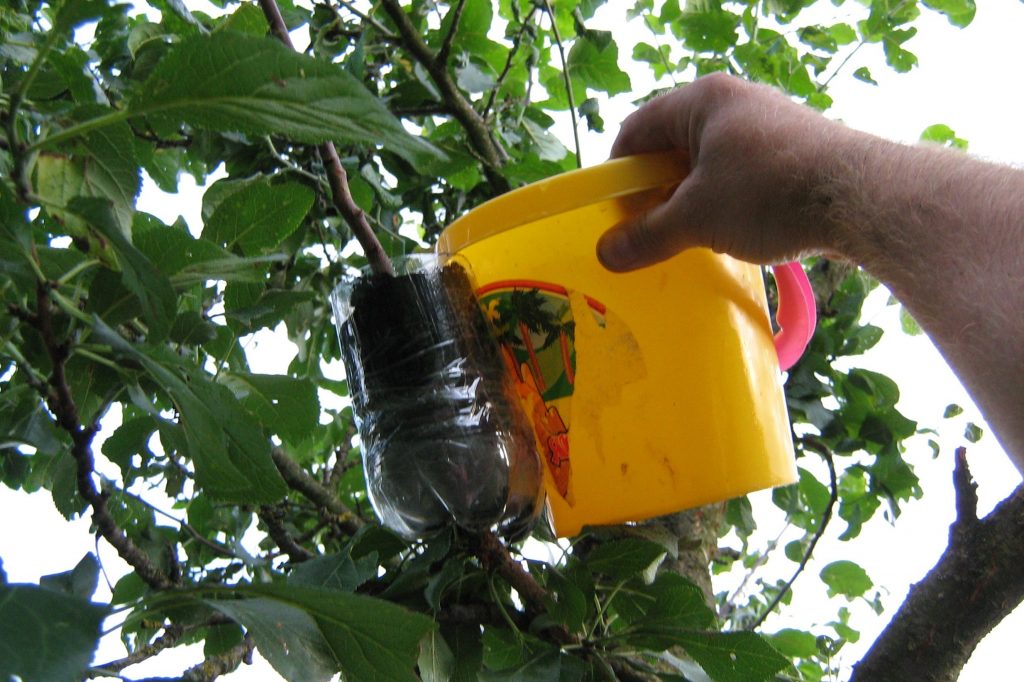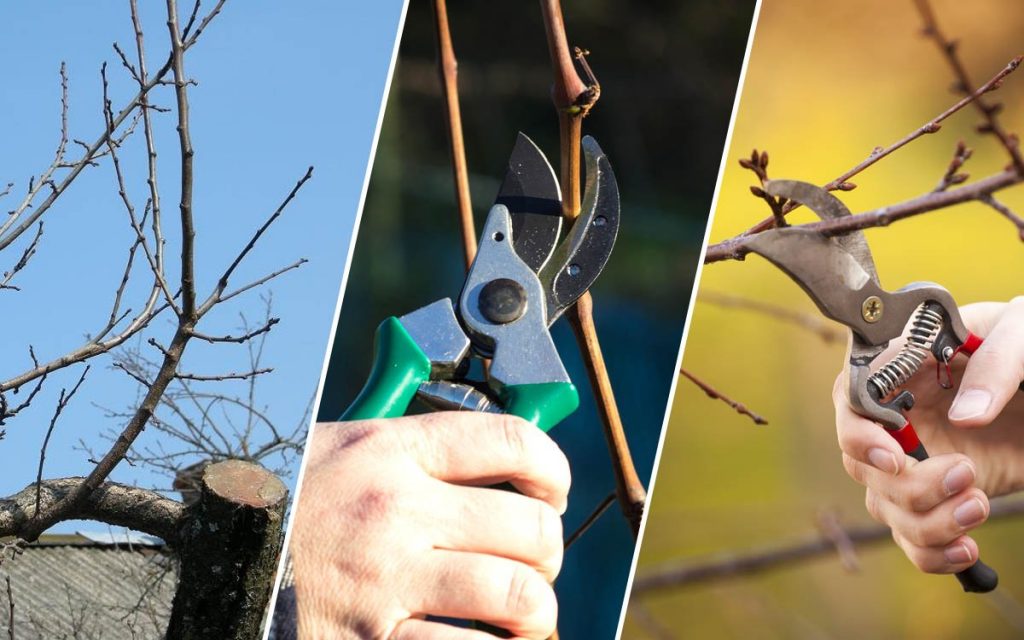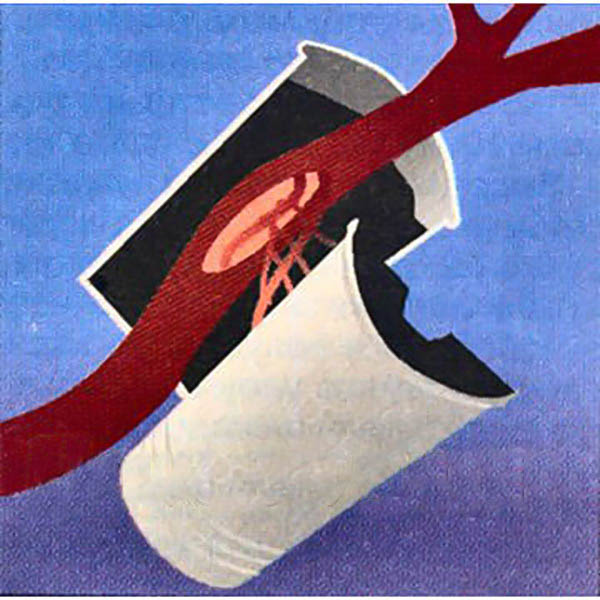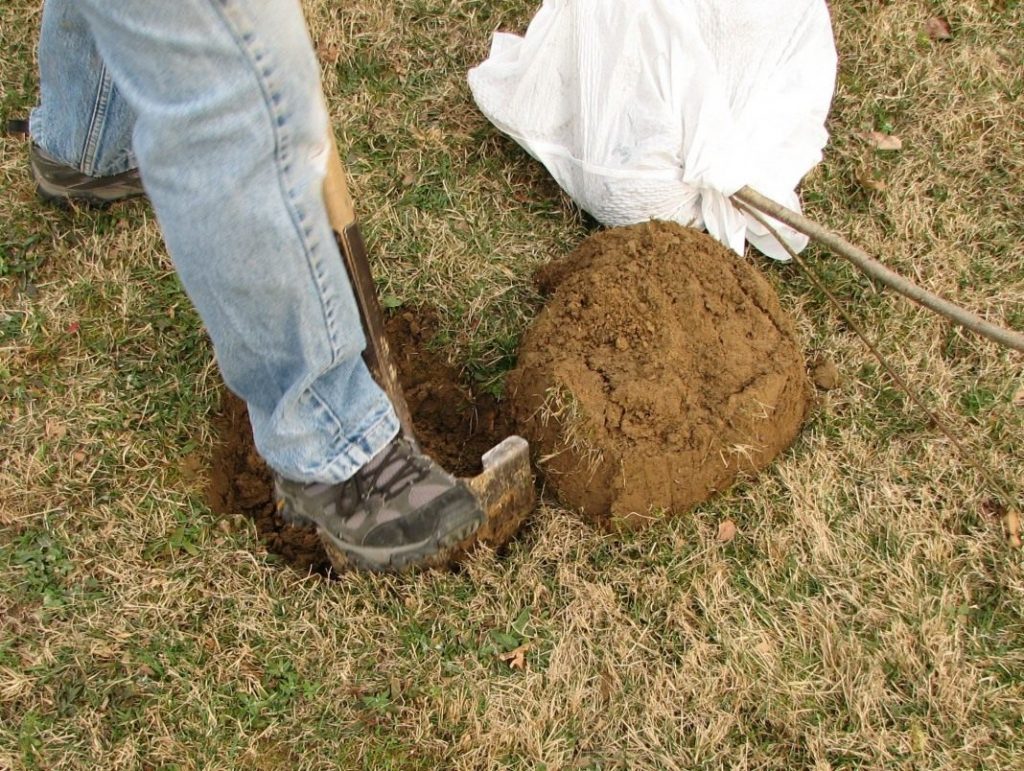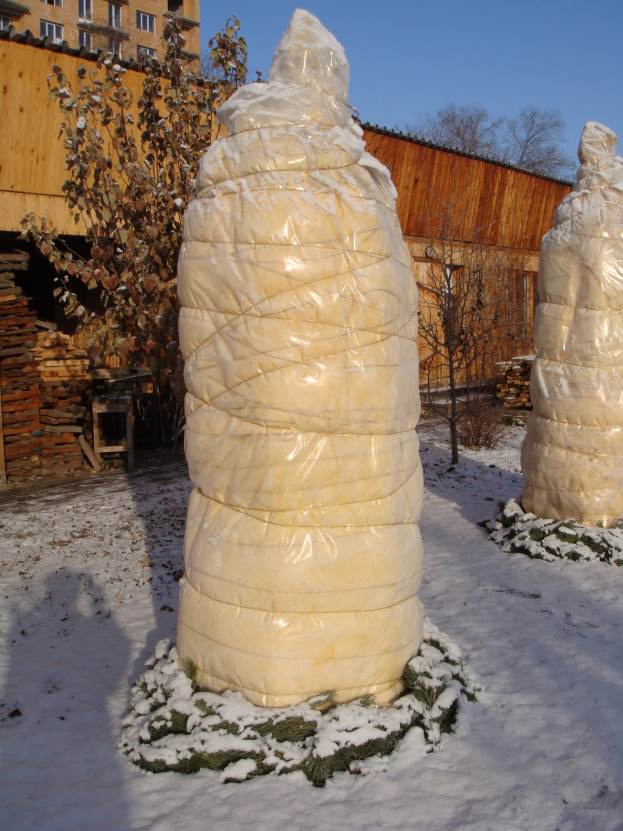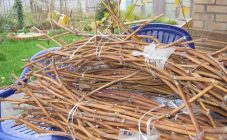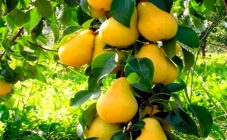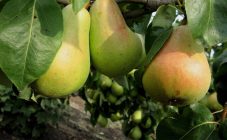Content:
When growing pears in a garden plot, summer residents often face the problem of preserving the fruit crop breed. The purchase of seedlings from nurseries is expensive. Therefore, amateur gardeners are trying to grow viable shoots themselves from seeds or root branches. They wonder how to propagate a pear and get a good harvest.
Pear breeding methods
The pear reproduces both by seed and vegetative means. Reproduction of pears by seeds is carried out without difficulty, but in the future problems arise with the development of seedlings and with productivity.
The vegetative method is understood as reproduction by buds and cuttings. They are widely used in horticulture due to the ease of cultivation and the parameters of fruiting.
Propagation by layering is another way to propagate a pear from a branch.
Green cuttings
Such technologies were initially used in the agricultural sector, now they are in demand among gardeners. This technique involves the harvesting of green branches-cuttings and their further processing with growth activators. This stimulates root formation, then the shoots are planted in fertile soil. Purchased biostimulants are used to treat green pear cuttings. The twigs, which have disinfected the lower cut, are planted in containers with prepared loose soil.
It will take several months to intensively water the land and at the same time feed the pear cuttings with liquid mineral fertilizer. After 3-4 months, roots will form on the green growth, and after 6 months the shoots will turn into full-fledged seedlings, which are planted in unprotected soil.
Propagated successfully by grafting pear varieties:
- Autumn Yakovleva;
- Memory of Zhegalov;
- Elegant Efimova;
- Lala;
- Muscovite.
In the central Russian regions, pears are cut during the height of the summer season. In the northern regions, pear cuttings in summer are carried out in the last decade of June or early July.
For the successful reproduction of a pear, the plants must be:
- healthy;
- fruiting;
- young.
The upper part of the scions that are intended for breeding is green. The lower section of the shoots with hardened wood, which is covered with bark. All leaves are open, except for the top one.
The branches are cut early in the morning due to the higher moisture content. Cut with a sharp, disinfected knife. The lower cut is made at a 45 ° angle towards the kidney. Upper - done horizontally above the kidney. Two internodes are left on the branch (when they are short, then 3) and 3 leaves. The lower one is removed entirely, half of the upper two are torn off for less moisture evaporation.
The prepared cuttings are placed in a liquid with a rooting agent for 18 hours. It is advisable to cover the top with a plastic bag.
Air layering
The air layer is part of the fruiting twig, which stimulates root formation by surrounding it with moist soil. During the summer cottage season, the shoot grows its roots, turns into a full-fledged varietal crop, ready for planting. The tree, which is bred from the cut, bears fruit 3-4 years after planting.
The technology of reproduction by air layers is simple. In a young pear, the lower branch is bent and sprinkled with earth. It will not be able to lower it to the ground level due to the high location of the branches above the soil and possible breakage.To avoid such incidents, it is advised to tie a bag of earth to a branch, where the roots will then appear.
You can use a different method. A box is placed under the twig, which is filled with fertile soil. The walls are lined with polyethylene to reduce moisture evaporation. Bend the twig into the container. At the site that touches the ground, a couple of transverse cuts are made in the bark. Next, a twig is added dropwise and reinforced with a hairpin for reliability of being in the ground.
To accelerate the appearance of roots, drugs that activate their growth are appropriate, for example, Kornevin. According to the instructions, use an aqueous solution for watering the layering. After this operation, digging into the soil takes place.
Further care is to monitor the moisture content of the soil in the box and prevent it from drying out. Just right to mulch the surface with improvised means:
- a piece of film or roofing material;
- compost or grass.
Do not forget about the regularity of watering. So the shoot is grown for 2 years. Root formation is observed at the end of the first season, in the fall. However, they are very weak, they will not withstand the transfer to a permanent place. The seedling is left in a box for the winter. To protect the roots from frost, a shelter is suitable, layering like roses: branches, spruce branches. The best insulation in the winter season is snow cover.
The growth of seedlings and the strengthening of the root system occurs until autumn. In October, the layers are transplanted together with an earthen clod to a permanent place. They are cut off from the branch with a hatchet or separated with a file.
The cuttings, like an ordinary seedling, are placed in a hole with fertile soil. Tied to a support. Until late autumn, abundant watering is required for better survival of the plantation in a new place. Next is the usual care. Flowering of cuttings occurs earlier than the purchased planting material. The advantage of this method:
- availability for all gardeners who are not familiar with the vaccination technique;
- 100% repeat of the characteristics of the variety.
Growing in a glass
In this way, even, healthy, intensively growing branches are propagated in the spring. They retreat 2-3 internodes below the apex, make an incision up to half. The cut site is treated with a fungicide for disinfection, and then with a rooting agent.
Next, divide the plastic glass in half and fill each part with moistened garden soil with sand in a 2: 1 ratio. Attach so that the incision on the branch is in the middle, and fix the parts with electrical tape or gauze. The condition of the soil in the glass and its moisture are monitored, ensuring the germination of roots. At the end of the summer season, the shoot is separated with a secateurs and planted in a planting box for further cultivation.
Landing
Pear seedlings need a box, about 30 cm high. A 15 cm layer of nutrient substrate (black soil with organic matter) is poured onto the bottom, with calcined sand above it. The earth is actively moistened, certainly with the addition of a stimulant.
The cuttings are buried 1.5 cm so as not to cause rotting of the roots. Next, cover with cling film to create greenhouse conditions.
The following rules are observed:
- diffused, but good lighting when growing pears;
- maintaining high humidity by spraying from a spray gun, jet irrigation is undesirable - it erodes the soil;
- weekly airing of the mini-greenhouse for several hours.
They control the condition of the leaves: decay signals immediate removal from the sprout. Rotting cuttings are immediately thrown away to avoid contamination of the rest.
The first roots appear in a month. From now on, the frequency and duration of airing for hardening the sprouts is increased.
Fertilizer
It is required to feed the crops with minerals. It is recommended to plant green manure (oats, lupine, mustard) in the near-stem circle. They are suitable for loosening the soil.After mowing, rotting roots replenish the soil with nutrients.
Watering
Water the fruit crop in the first years of life, using sprinkling with a special spray for the garden or a hose for irrigation. In the absence of such an opportunity, near the trunk circle of the pear, they make 15 cm grooves, where water is poured. Then the indentations are filled up.
Shelter for the winter
In the fall, a box with seedlings is buried in a plot at ground level without replanting crops.
Before the onset of winter, the root system of young pears is insulated. For shelter use:
- spruce branches;
- sawdust;
- snow.
To insulate the trunks you will need:
- sunflower leaves;
- straw;
- newspapers.
Recommendations for breeding pears
Summer residents grow up successfully pear if the following tips are followed:
- Planting cuttings in one box, however, by placing each pear specimen in an individual bag, at least 10 × 10 cm in size, and cutting off the bottom;
- The period for harvesting green cuttings is only 2 weeks, it is important to catch the moment - this is the third decade of July;
- The shoot for grafting a pear should not be branched, its thickness resembles the dimensions of a pencil;
- Only the middle part of the branches is suitable for propagation of pears by cuttings;
- Dusting with charcoal or fungicide treatment of cut sites;
- Using potatoes for the introduction of cuttings: a root crop with a shoot stuck into it is buried in the soil so that 3 buds are in the ground, and three buds are above the ground. The vegetable is responsible for providing moisture during the development of the cuttings, in addition to stimulating the growth of the pear.
Growing pear seedlings from cuttings is simple and effective. A full harvest is expected from trees grown in this way 3-4 years later.
